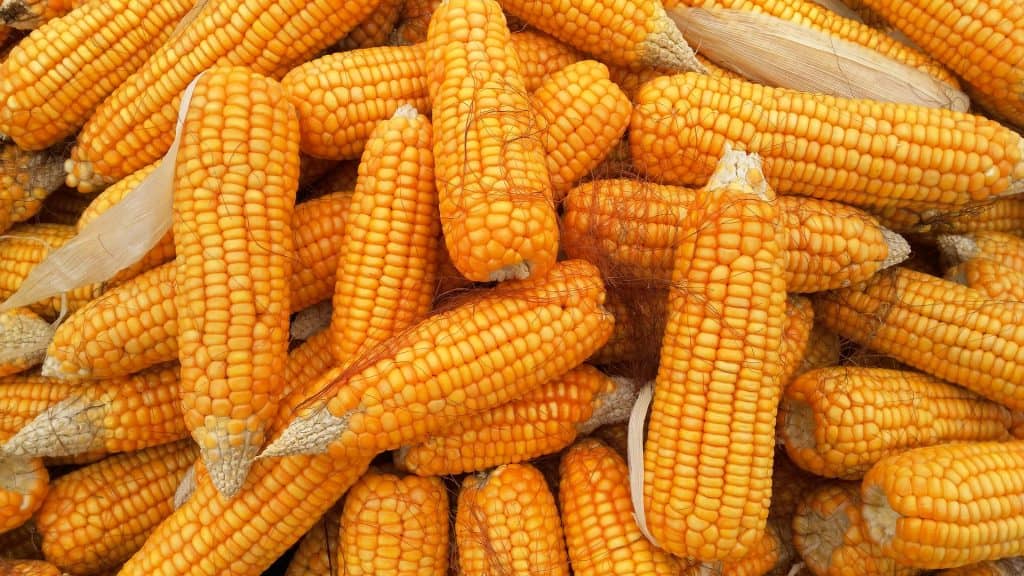Argentina’s crop has not yet been defined. At least another thirty days for corn and sixty days for soybeans. Volatilities may occur in this period depending on the weather situation and the market’s desire to bring some positive information to prices. Apart from the South American climate, we still have the US demand update in the February report. It is important to observe the movement of soybeans this week since a resumption of soybean highs could increase the possibility of gaining area in the planting of the 2024 US crop at the expense of corn. Highs in soybeans can also sound like highs for corn, even if for different reasons.
Strong protests in Europe in the face of an attempt to put local and global agriculture within a production concept that compromises the global food supply. Everyone wants to produce without pesticides, without chemicals, with less risk of ingesting unhealthy residues. However, as long as this is not possible because of the very concept of nature, the risk will be of a drastic crisis in global agribusiness and food shortages. It is not possible to meet an entire global demand just with organic and non-GM products. Insistence on this model could accentuate global supply crises and raise the profile of hunger in critical countries. In Europe, the attempt is to arbitrarily prohibit the use of any pesticide, limit livestock production, and establish drastic rules such as cutting subsidies to growers who do not fit into this environment. The current protests are preventive before the model brings a supply crisis in the “very expensive” European agriculture.
At the same time, South America continues with its somewhat erratic crop in 2024. Argentina presented ten days of higher temperatures and little rain. Owing to the episodes of the last three years, the international market is paying close attention to this Argentine situation.
On the Southwest side of the Argentine producing region, more precisely in the province of La Pampa, the climate was not favorable in January, but this is a province that is not very representative of the country’s overall production. Buenos Aires, Córdoba, and Santa Fé have a very favorable production situation and excellent production potential. Therefore, a few tons less because of La Pampa will not change the overall picture. The climate will still be defining the country’s crop in February and March, a period in which most corn plantations will be in pollination, silking, and pod-filling stages. The potential of the local crop is 50 to 55 mln tons.
Another point for the corn market is the performance of US exports in the first half of 2024. Weekly exports in this 23/24 business year reached 33.7 mln tons, after the good number last week of 1.2 mln tons. The accumulated volume is close to 8 mln tons above last season in the same period, even without the purchases by China.
The question now is to assess whether the United States will be able to reach the USDA projection of 54 mln tons by the end of August this year. From March onward, competition with Argentine corn resumes. Corn prices in Ukraine have declined aggressively in recent days. And Brazil will arrive with its second crop in July, maybe even a little earlier. The target of 1 mln tons per week to reach the projection will be the challenge going forward.
Other than that, the USDA report on the 8th, at first, has no novelties for corn. The only point of attention is indirectly on soybeans. A cut in the Brazilian crop below 150 mln tons by USDA for soybeans, which is quite difficult to achieve in this report, could trigger a rally in soybeans. Consequently, the soybean/corn exchange ratio could generate a trend for a greater loss of area to corn in the 2024 US crop, in favor of soybeans. In fact, the bias has already been assumed by the market in this sense, the question is how much of the area will have this transition. At the end of February, there will be the traditional USDA Forum, in which several numbers are released and part of the market likes to take these data from the event as a line of action, even though they were found in December last year. The real first data on the US 24/25 crop are released on March 31 with the Planting Intention report, based on an effective survey among growers. The Intention report tends to confirm the bias and, more importantly, determine the size of the corn area cut.
With the CBOT already at USD 4.40/bushel, the market tends to wait for the Planting Intention to reset a price trajectory. For highs on the CBOT, the market needs a strong area cut in the US in 2024, aggressive export demand, above 1 mln tons/month per week, and highs in wheat.

